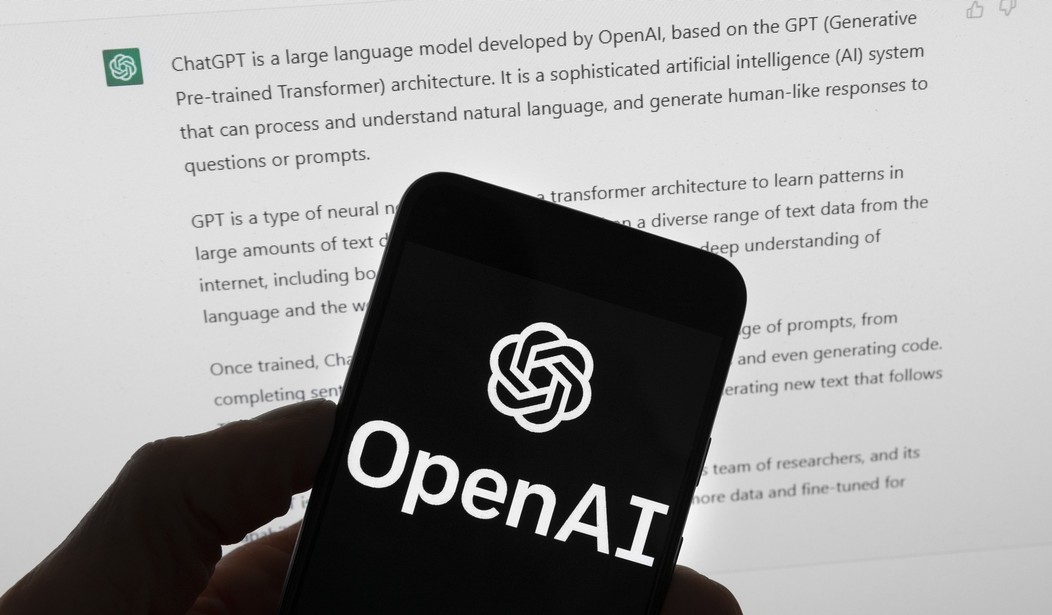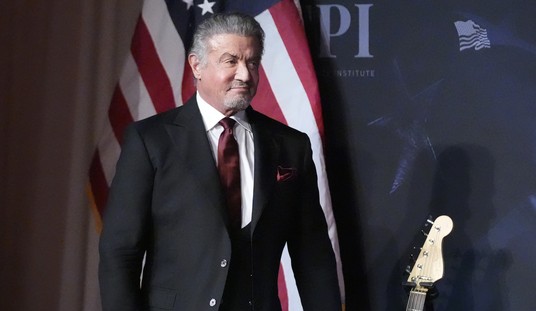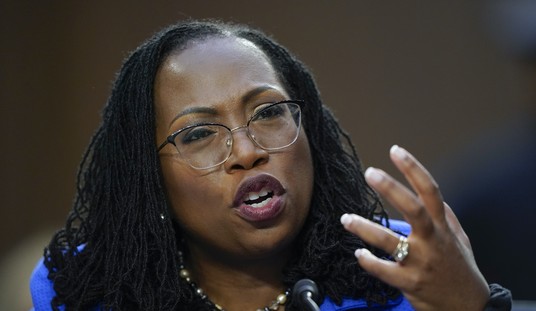Last week, I wrote about a Russian humanoid robot named AIDOL, designed "to emulate three core human capabilities — bipedal locomotion, dexterous manipulation, and natural communication."
The buildup to the unveiling of this thing was incredible. About 100 newspeople were present for the unveiling at a Moscow theater. The robot had been touted as beyond anything that America or China had been able to develop.
To the "Rocky" theme, the robot began walking across the stage. What happened next is history.
Indeed, the potential of artificial intelligence is akin to that of the AIDOL robot. There is the promise of riches beyond avarice for those who can find practical, profitable applications for the technology, or investors can be fleeced by the usual suspects of con artists and confidence men.
Right now, AI is the wild, wild west of technology investment. It's like the land rushes of the 1800s, when speculators made fortunes selling swamp land or deserts at prime farmland prices. Certainly, we're better at spotting swindlers and shysters today. But buying a pig in a poke is a real possibility unless you're careful.
Naturally, all the speculation is making shares of AI companies almost as good as gold (at $4,000 an ounce, gold still rules). Is there an AI bubble developing that could lay investors low and bring the AI "revolution" to a screeching halt?
The Free Press's Niall Ferguson points to historian Charles Kindleberger’s five-stage model of a bubble:
Displacement: Some change in economic circumstances creates new and profitable opportunities for certain companies.
Euphoria or overtrading: A feedback process sets in whereby rising expected profits lead to rapid growth in share prices.
Mania or bubble: The prospect of easy capital gains attracts first-time investors and swindlers eager to defraud them.
Distress: The insiders discern that expected profits cannot possibly justify the now-exorbitant price of the shares and begin to take profits by selling.
Revulsion or discredit: As share prices fall, the outsiders stampede for the exits, causing the bubble to burst altogether.
Ferguson believes we're at about number three on the AI bubble watch; we're past the point of euphoria and are now at the stage when the "suckers" (as veteran investors call first-time investors looking to get rich quick) come into the game. At this point, the pros are already looking at the unrealistic profits that companies like OpenAI are promising and preparing to excuse themselves from the room.
Open AI CEO Sam Altman believes that he can take his company from a $10 billion a year in profits in 2025 to $100 billion in 2028. It's never been done before, and at the first sign that Altman's grandiose plans will miss their target, the stampede will begin.
U.S. economy and the stock market. Between a sixth and two-fifths of the rise in gross domestic product over the past year is attributable to investments in computer and communications equipment, including chips, data centers, grid upgrades, and AI software.
Financial Times columnist Ruchir Sharma estimates that AI companies account for 80 percent of the gains in U.S. stocks this year. Blogger-economist Noah Smith notes that “more than a fifth of the entire S&P 500 market cap is now just three companies—Nvidia, Microsoft, and Apple—two of which are basically big bets on AI.” The so-called Magnificent Seven (those three companies plus Alphabet, Amazon, Meta, and Tesla) account for more than a third of the S&P 500’s market capitalization. Quarterly capital expenditures by these companies now exceed $110 billion, roughly three times what it was two years ago. Nearly two-fifths of that total consists of purchases by everyone else of Nvidia’s graphics processing units (GPUs).
However, all is not lost. The AI bubble promises to be far less severe than the dot-com bubble of the 1990s. "Unlike most other stock markets, the growth in U.S. market cap reflects rising earnings, not just rising valuations," Ferguson writes.
Besides, even when the dot-com bubble burst, the internet kept growing at an astonishing rate, as did some dot-coms that were able to demonstrate viable business models and the ability to adapt. Amazon, eBay, Yahoo, and other dot-coms that survived the massacre were able to thrive using old-fashioned business sense and a credible business plan.
"Think of today’s capital expenditures on data centers being like capital expenditures on railroads 150 years ago," writes Ferguson. "Two things can be true at the same time: a) the data centers to power AI could be as economically worthwhile an investment as railroads, and b) we could still experience at least one stock market crash along the way to its general adoption."
Right now, AI is at a toddler stage with a long way to go to see whether the child will be able to support himself and live on his own, or whether the kid will grow up to be a freeloader and live off his daddy's money.










